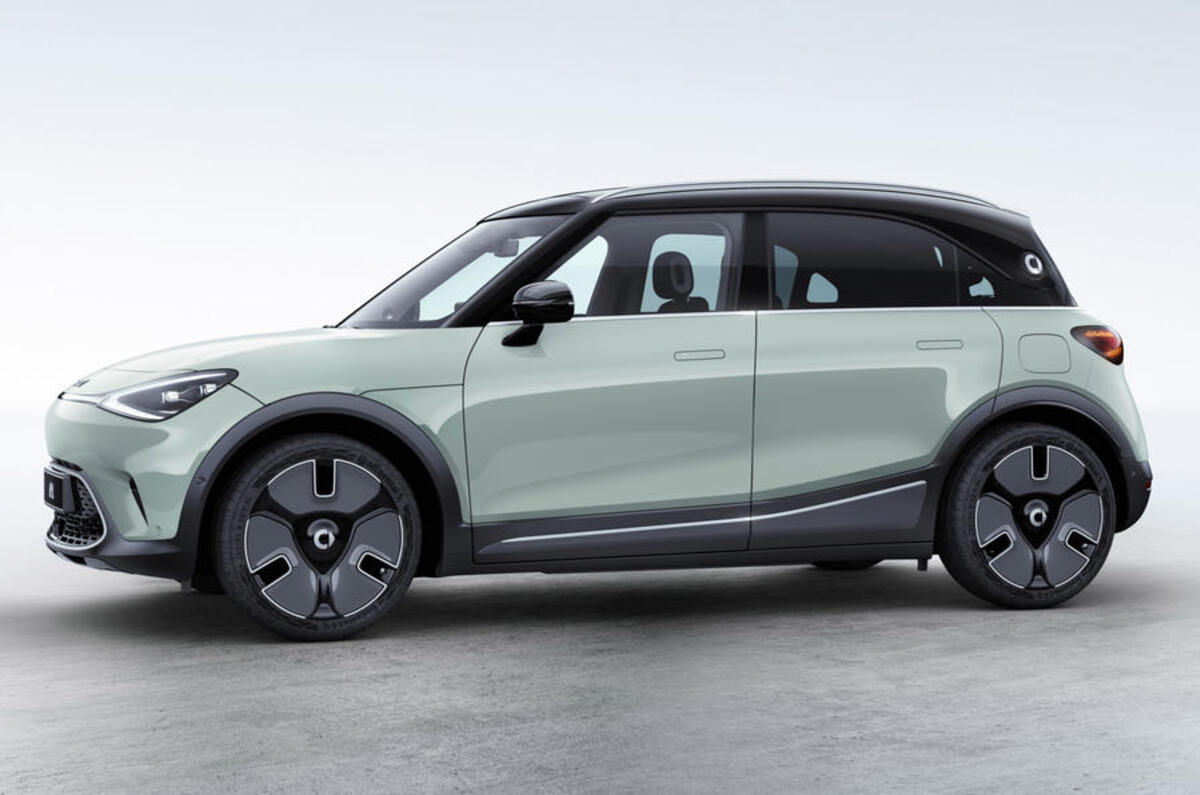The all-new Smart #1 has been revealed with a single-motor, rear-drive powertrain and a 66kWh battery, but the firm’s bosses are already evaluating a technical expansion of the line-up to broaden the model’s appeal.
The #1 is the first Europe-bound car to use Geely’s Sustainable Experience Architecture (SEA), which underpins the Chinese-market Zeekr 001 shooting brake and will soon be used for a compact electric SUV from Volvo.
The flexibility of this platform, Autocar understands, means that future variants of the #1 – and other upcoming Smart models – means a range of battery sizes and powertrain layouts are feasible.
On the subject of a four-wheel-drive range-topper with an additional motor on the front axle, Smart’s head of connected cars and products Yifeng Tan told Autocar: “We're definitely looking into the segment, looking into our markets to hear the feedback from the customers, and definitely we're in discussions about the possibilities to have all-wheel-drive as well.”
The 001, which uses a slightly longer version of the platform, is available in China with both rear and four-wheel-drive layouts, while elsewhere in the Geely Group portfolio, the Volvo XC40 Recharge and Polestar 2 EVs are each available in both front and four-wheel-drive forms - but notably they use an unrelated platform.

Any four-wheel-drive version of the #1 would be unlikely to come to market with the Porsche Taycan-rivalling 536bhp output of the 001, given the new arrival’s accessible, mainstream positioning, but taking it north of the 300bhp mark would line the #1 up as a rival to warmer versions of the Kia EV6 and Hyundai Ioniq 5.
No doubt a second motor would sap the #1’s 273-mile range, but Tan also hinted at the potential for different battery sizes, opening up the possibility for longer-legged variants and cheaper, more urban-oriented propositions.









Join the debate
Add your comment
I’m a bit puzzled as to the size of this car and the market segment in which it sits. Isn’t Smart a small car brand? 60 Kwh battery, four wheel drive and comparison with Volvo V40 suggests this is not going to be a city car. As Mercedes are partners with Geely in their joint venture surely they don’t want a competitor to the EQA.